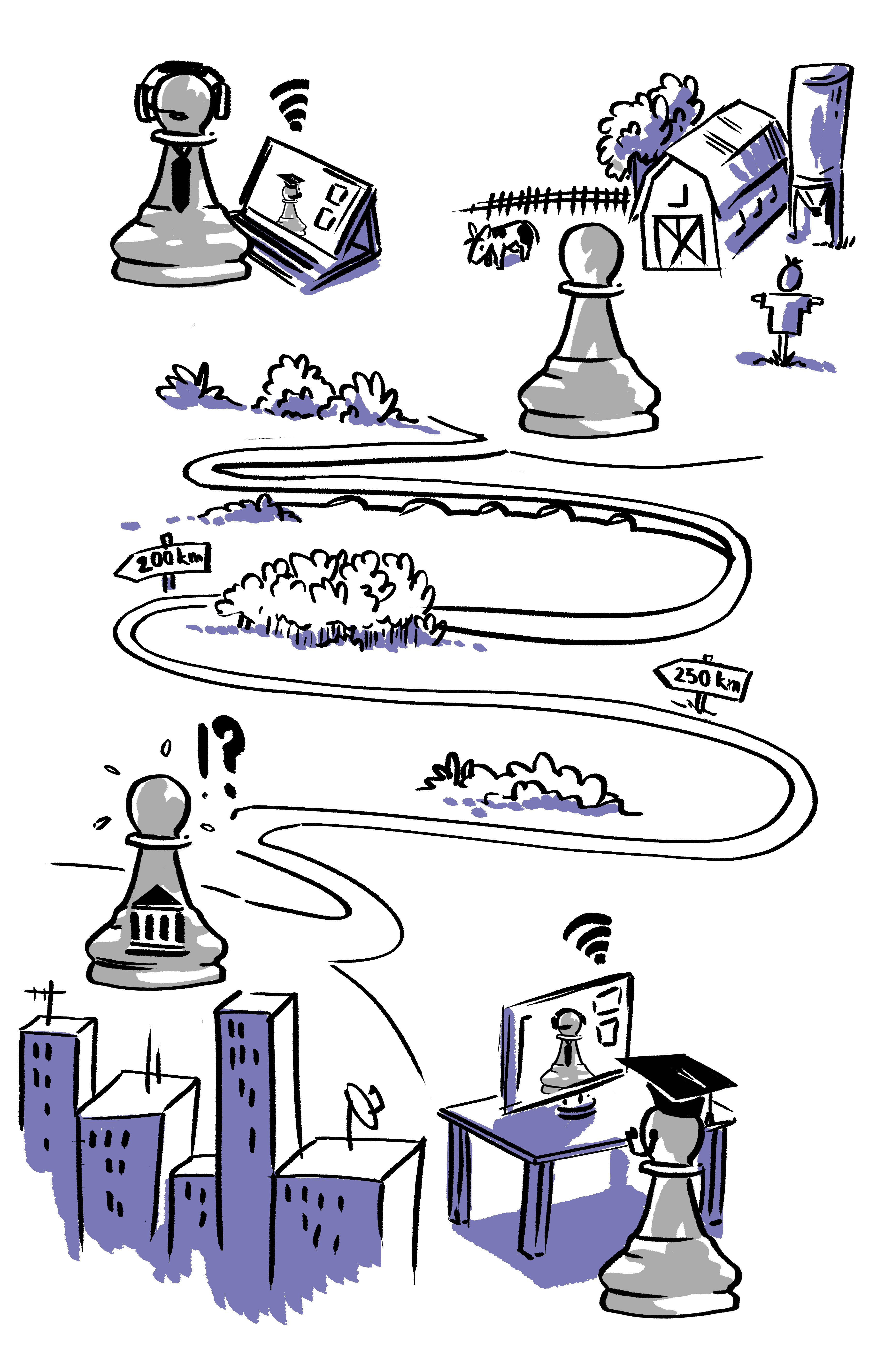
The success of transdisciplinary collaborations lies to a large extent in the diversity of the actors involved, whereby this increases the likelihood that they are also widely distributed spatially. This is especially the case when civil society actors are involved, since they often come from a wider catchment area and are rarely concentrated directly at the university location. However, cooperation begins through the exchange of common interests, through proximity, through personal conversation with one another. The sometimes large spatial distances between the actors involved are therefore perceived as an aggravating factor, especially in transdisciplinary collaborations (Kurzhals et al., 2021, in reference to Caron, Hiller & Wyman, 2014).
Testimonial



